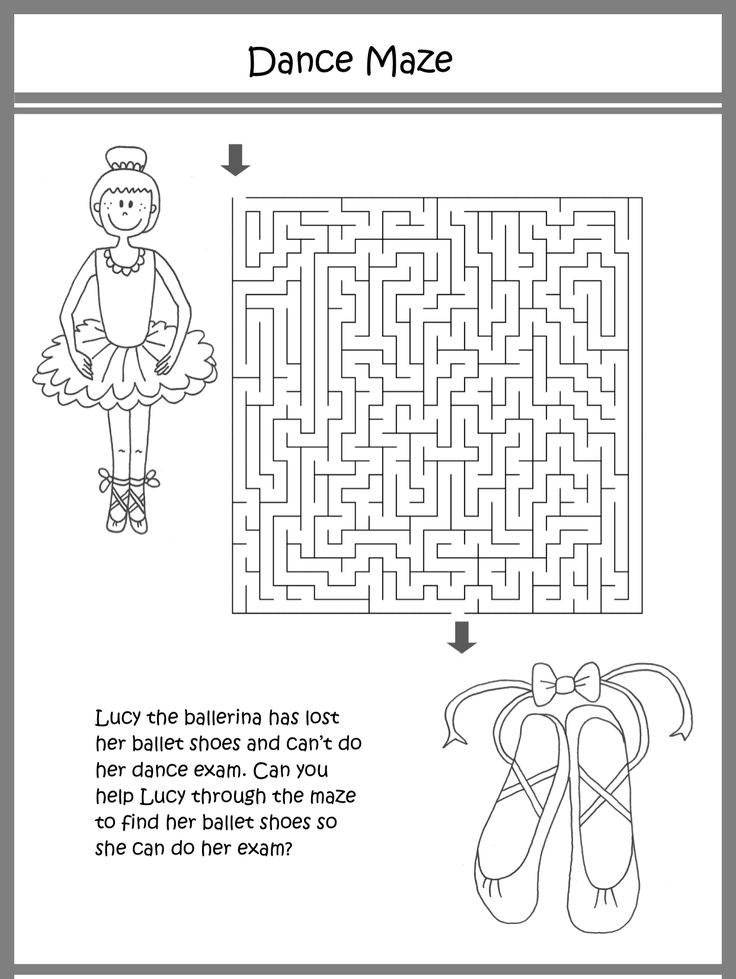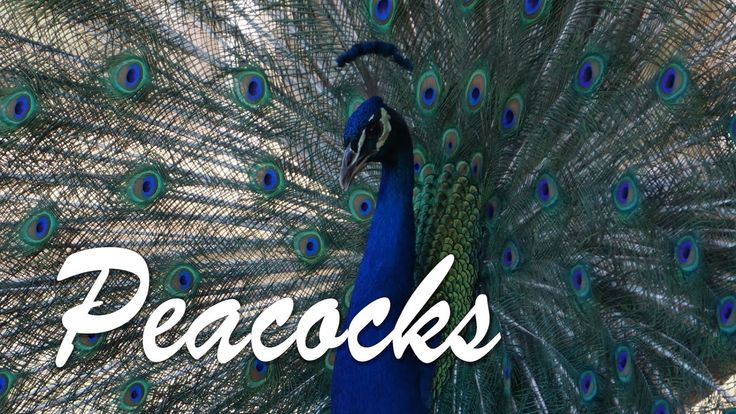How did gumboot dancing start
Narrative - Gumboot Dancing
Gumboot History
Picture from wikimedia.org
Gumboot dancing comes from South Africa workers who worked in the gold mines during the migrant labor system and oppressive Apartheid Pass Laws. During this time, workers were separated from their families and forced to work in harsh conditions (Gumboots: Rhythm is a Language ). The gold mines they worked in were completely dark and flooded. The flooding caused skin breakdown like ulcers and several diseases. Not only was their work environment harsh, but so was the rules or guidelines. Workers were chained to their work stations with shackles and not allowed to speak to one another while working months at a time. Many workers were killed during this work by accidents, while others were beaten and abused (South African: Gumboot Dance).
The Mine Worker's Uniform
Picture from soulsafari.worldpress.com
The flooding became a big problem because so many workers were getting ill. The bosses decided to take the cheaper route in dealing with the problem, so instead of draining the water they bought the workers rubber gumboots to prevent skin breakdown. Like the picture to the left, the workers uniform consists of hardhats, bandannas, jeans/overalls, and gumboots. With this uniform, the workers were not able to show their ethnic identity or carry on their traditions with their clothing, so they turned to another form of expression (South African: Gumboot Dance).
Communicating in the Gold Mines
Picture from soulsafari.worldpress.com
The workers began to express themselves by making rhythms and beats with their bodies, gumboots, and chains. They made the noises by slapping their boots (like the picture on the right), stomping their feet, and rattling their shackles. Not only did this express their ethnic identity by using their traditional songs and rhythms, but it helped them communicate in the workplace. The workplace was very dark and they were not able to speak to one another, so this was the only way to communicate with the other workers (South African: Gumboot Dance).
Gumboot Dancing Spreading out of the Workforce
Picture from spotistarehe.wordpress.com
Gumboot dancing started to spread outside of the gold mines and into the communities as a form of entertainment. As the dance became popular, the employers took the dancers and formed troupes to represent their company. They had the troupes perform to visitors and spread the good word about their company, but most of the performances were done in the workers own language. This allowed the dancers to express how they really felt by mocking their employers to their face and them not even knowing it. These performances lead to popularizing this style of dance to where it is performed worldwide today. This dance today is used to show the history of South Africa and as any form of dance, this style has been adapted to many new modern forms of dancing (South African: Gumboot Dance).
Step Dancing or "Stepping"
Picture by Dara Nikolova
Today gumboot is popular and has morphed into a different form of dance that is more modern called stepping. Stepping was created by African American college students. Stepping involves similar rhythms and instruments as gumboot dancing. Stepping involves using the body as the main instrument by stomping the feet, clapping the hands, and slapping different parts of the body to make rhythms. In stepping, the performers also use their voices to make the performance more expressive and dramatic. This style of dancing is very popular among sororities (picture on bottom right) and fraternities (picture to the left) at multiple universities across the United States. Just like gumboot dancing, stepping has also evolved and now is spreading into several communities all across America (Step Afrika!: What's Stepping?).
Stepping was created by African American college students. Stepping involves similar rhythms and instruments as gumboot dancing. Stepping involves using the body as the main instrument by stomping the feet, clapping the hands, and slapping different parts of the body to make rhythms. In stepping, the performers also use their voices to make the performance more expressive and dramatic. This style of dancing is very popular among sororities (picture on bottom right) and fraternities (picture to the left) at multiple universities across the United States. Just like gumboot dancing, stepping has also evolved and now is spreading into several communities all across America (Step Afrika!: What's Stepping?).
Picture by Anne Wernikoff
The Author's Thoughts
The reason I choose this dance was because I thought it had an interesting history and I wanted to learn more about it. The way they used the rhythms and beats to communicate to each other is very original and proved to be an effective way to express their feelings.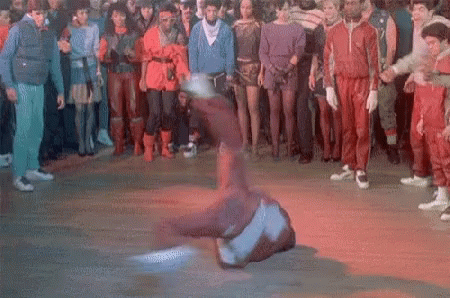 I also choose this dance because I love to watch stepping and I wanted to learn the roots to the dance. When I watch gumboot dancing, I feel a sense of freedom and that I am able to express myself through dance and sound. When I think about the dancing, I think that these men were very brave to start this new form of communication with a strong authority over them and very creative. I can also imagine the hurt, pain, and anger these men must have felt while working these long hours and not being able to be free. I feel like slapping the boots was not only a form of communication, but also a way to let off steam and show emotions. My experience tells me that these men went through very hard times and were dying for a way to communicate and express themselves. I can't imagine being chained up, working months at a time, and working in the dark. The men also showed bravery and uniqueness. Overall, gumboot dancing comes from a difficult time in South Africa's history, but it has grown into an entertaining dance that brings communities all over the world together.
I also choose this dance because I love to watch stepping and I wanted to learn the roots to the dance. When I watch gumboot dancing, I feel a sense of freedom and that I am able to express myself through dance and sound. When I think about the dancing, I think that these men were very brave to start this new form of communication with a strong authority over them and very creative. I can also imagine the hurt, pain, and anger these men must have felt while working these long hours and not being able to be free. I feel like slapping the boots was not only a form of communication, but also a way to let off steam and show emotions. My experience tells me that these men went through very hard times and were dying for a way to communicate and express themselves. I can't imagine being chained up, working months at a time, and working in the dark. The men also showed bravery and uniqueness. Overall, gumboot dancing comes from a difficult time in South Africa's history, but it has grown into an entertaining dance that brings communities all over the world together. It also has built a foundation for other dances including stepping.
It also has built a foundation for other dances including stepping.
Dancing Through History - ArtsEmerson
Share This:
April 6, 2018 | Theatre,
With The Migration: Reflections on Jacob Lawrence‘s Boston run approaching quickly, dance is on the forefront of everyone’s mind here at ArtsEmerson, especially all the different styles of the art form that appear in Step Afrika’s! thrilling production. Because The Migration incorporates a variety of these disciplines, we’ve created a crash course to get you up to speed on three of the most prevalent dance-styles you’ll marvel at when you attend this show.
- The South African Gumboot Dance
Perhaps the most recognizable dance in the show, the gumboot dance originated during apartheid-era South Africa. The dance gets its name from the thick rubber rain boots (think modern day Hunter Boots) known as “gumboots” or “wellingtons” worn by migrant laborers who were employed in diamond and coal mines. The apartheid government enacted laws that restricted these workers from speaking to one another, so they developed their own means of communication: using the sounds and stomps of their gumboots as a form of morse-code. The movement eventually transformed into a dance, which became particularly popular during the fight against apartheid and even became a protest symbol. Those involved in the Struggle would participate in the gumboot dance as a way to express their unification in the fight against the oppressive government. Even after the official end of apartheid in 1994, the gumboot dance remained a symbol of hope and solidarity. This dance made its way into popular culture as well, with Paul Simon writing a song titled “Gumboots” featured on his touchstone album Graceland. The formation of the gumboot dance marks a pivotal point in both the history of South Africa, as it symbolized the fight against a powerful regime, as well as in the history of dance, as it became the foundation for the development of step-dancing.
The apartheid government enacted laws that restricted these workers from speaking to one another, so they developed their own means of communication: using the sounds and stomps of their gumboots as a form of morse-code. The movement eventually transformed into a dance, which became particularly popular during the fight against apartheid and even became a protest symbol. Those involved in the Struggle would participate in the gumboot dance as a way to express their unification in the fight against the oppressive government. Even after the official end of apartheid in 1994, the gumboot dance remained a symbol of hope and solidarity. This dance made its way into popular culture as well, with Paul Simon writing a song titled “Gumboots” featured on his touchstone album Graceland. The formation of the gumboot dance marks a pivotal point in both the history of South Africa, as it symbolized the fight against a powerful regime, as well as in the history of dance, as it became the foundation for the development of step-dancing.
- Indlamu: Traditional Zulu Dance
The Migration also incorporates a dance known as Indlamu, which is a dance most closely associated with Zulu culture. Also originating from South Africa, indlamu is regarded as one of the most significant pieces of the Zulu identity, as this war dance remains untouched by Western influence. This dance is more meticulous than other Zulu dances as it mimics the movement of an imaginary battle. The dancer lifts one foot over their head and brings it down hard, landing squarely on the downbeat, typically accompanied by whistles and drums. Traditionally, those participating in the dance wear Zulu warrior apparel, like amabheshu (skins) and ceremonial belts while carrying swords and shields. Indlamu demonstrates the strength and physical ability of the Zulu people.
- Stepping
Stepping is the most significant and prevalent dance style used in The Migration—no surprise since the troupe’s name has the word “step” in it! Stepping developed primarily in historically black fraternities and sororities in the United States but the style derived much of its inspiration from traditional African foot dances (like gumboot and Indlamu). In the early 1900s during Greek life initiations, groups would rally around and sing songs about their fraternity or sorority, often times including claps and stomps. This tradition gradually turned into the dance style of stepping, which gained national popularity through different competitions, many of which are sponsored by the Pan Hellenic Council. Stepping has been portrayed in a number of different films like Stomp the Yard and Drumline. In addition, stepping has been performed at major events like President Bill Clinton’s inauguration (performed by Howard University’s Alpha Phi Alpha fraternity) and during the Opening Ceremony of the 1996 Summer Olympic Games. Although stepping originated in Greek life in the United States, the dance style has become popular around the world, with many countries and organizations participating in competitions.
In the early 1900s during Greek life initiations, groups would rally around and sing songs about their fraternity or sorority, often times including claps and stomps. This tradition gradually turned into the dance style of stepping, which gained national popularity through different competitions, many of which are sponsored by the Pan Hellenic Council. Stepping has been portrayed in a number of different films like Stomp the Yard and Drumline. In addition, stepping has been performed at major events like President Bill Clinton’s inauguration (performed by Howard University’s Alpha Phi Alpha fraternity) and during the Opening Ceremony of the 1996 Summer Olympic Games. Although stepping originated in Greek life in the United States, the dance style has become popular around the world, with many countries and organizations participating in competitions.
While gumboot, Indlamu, and stepping are dances that are appear in The Migration, they are far from being the only dance styles incorporated in the show. In fact, the show utilizes dozens of different dances, originating from West Africa to Chicago, Illinois and everywhere in between. Interested in seeing what other dances are performed by Step Afrika!? Come see the company’s exciting return to Boston with The Migration: Reflections on Jacob Lawrence from MAY 3 – 6 at the Emerson Cutler Majestic Theater. Tickets on sale now!
In fact, the show utilizes dozens of different dances, originating from West Africa to Chicago, Illinois and everywhere in between. Interested in seeing what other dances are performed by Step Afrika!? Come see the company’s exciting return to Boston with The Migration: Reflections on Jacob Lawrence from MAY 3 – 6 at the Emerson Cutler Majestic Theater. Tickets on sale now!
Rubber boots. The history of this detail of the suit
Look at the latest shoe fashion presented at the latest fashion shows, and it will immediately become clear to you: rubber boots are confidently pushing traditional shoes off the catwalks of the world. Sometimes they are simply indistinguishable from more familiar leather counterparts, and the variety of colors and models is simply amazing. How did the shoes of hunters and soldiers become a part of a fashionable wardrobe?
It turns out that the Indians of South America were the first to figure out how to run through puddles without getting their feet wet. True, the technology for making waterproof shoes was then still far from ideal. The Indians simply dipped their legs up to their knees in a rubber liquid made from hevea juice, then held their limbs over the fire and waited for the rubber to harden. Cheap and cheerful.
True, the technology for making waterproof shoes was then still far from ideal. The Indians simply dipped their legs up to their knees in a rubber liquid made from hevea juice, then held their limbs over the fire and waited for the rubber to harden. Cheap and cheerful.
AHEAD OF THE PLANET
It is clear that the Indians could not keep the technology of obtaining rubber from hevea a secret for a long time. Here it is worth saying thanks to the era of research expeditions. After South America was discovered, rubber found itself in Europe. The discovery was not immediately able to find application, and only in the 18th century they began to use it in production, although at first not very successfully. Cloth covers soaked in rubber juice, which were invented at the beginning of the 19th century by a resident of London, Mr. Radley, cracked in the cold and melted at high temperatures.
Other brave explorers also tried to defeat rubber, but the shoes still could not withstand the weather. Scientists did not lose heart and still tried to tame rubber. The first notable success in this matter was achieved by the American Charles Goodyear: by combining the obstinate material with sulfur, the American received rubber, and finally the mass production of rubber shoes began. Under the influence of vulcanization, the rubber became stable and dense. This significant event took place in 1839. American Hiram Hutcherson bought Goodyear's patent in the 1960s and founded Aigle, which began manufacturing rubber boots. They staked on the rural population. The success turned out to be simply unprecedented, waterproof shoes were simply swept away from store shelves, and she quickly occupied her niche. Later, the brand began to produce raincoats, components for the automotive industry and sports models. Of course, a small factory in the French town of Montargis could no longer cope with such volumes of work, so it had to be moved to the vast territory of the former US military base near Châtellerault.
Scientists did not lose heart and still tried to tame rubber. The first notable success in this matter was achieved by the American Charles Goodyear: by combining the obstinate material with sulfur, the American received rubber, and finally the mass production of rubber shoes began. Under the influence of vulcanization, the rubber became stable and dense. This significant event took place in 1839. American Hiram Hutcherson bought Goodyear's patent in the 1960s and founded Aigle, which began manufacturing rubber boots. They staked on the rural population. The success turned out to be simply unprecedented, waterproof shoes were simply swept away from store shelves, and she quickly occupied her niche. Later, the brand began to produce raincoats, components for the automotive industry and sports models. Of course, a small factory in the French town of Montargis could no longer cope with such volumes of work, so it had to be moved to the vast territory of the former US military base near Châtellerault. The company still produces products of the highest quality.
The company still produces products of the highest quality.
MILITARY COUP
Another major brand, Hunter, which was founded in 1856 in the USA, has chosen hunters, equestrians and country lovers as its target audience. In general, just those to whom the doctor himself prescribed to keep his feet warm and dry. The niche turned out to be quite successful. And so it would have continued if in 2005 the famous top model Kate Moss had not come to the rock festival in Glastonberry in black Hunters. From her dashing hand (or rather, feet), functional shoes began to transform into an element of style, and we note that at first this element was defiant.
The Duke of Wellington created the Wellingtons In England, wellington boots are commonly called wellingtons, and, of course, for good reason. In 1817, in Foggy Albion, they began to be made from calfskin, covered with wax. As a basis, the court shoemaker took army boots of the 18th century, and the Duke of Wellington made that historical order.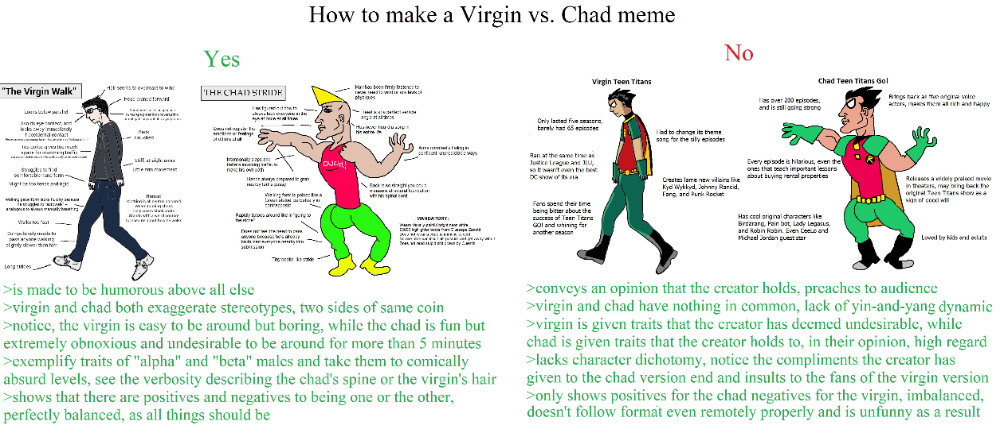 The shoes were designed for royal hunting and were named after him. Soon such boots began to be worn by cavalry soldiers, and a little later they were put on by British gentlemen, who had the opportunity to purchase a pair of expensive waterproof shoes. Then she migrated to Scotland, where, due to heavy rains and a damp climate, she became extremely relevant.
The shoes were designed for royal hunting and were named after him. Soon such boots began to be worn by cavalry soldiers, and a little later they were put on by British gentlemen, who had the opportunity to purchase a pair of expensive waterproof shoes. Then she migrated to Scotland, where, due to heavy rains and a damp climate, she became extremely relevant.
In 1856, entrepreneur Henry Lee Norris founded the small company The North British Rubber in Edinburgh. At first, it employed only four shoemakers, but the staff quickly grew, and soon the company was no longer only producing shoes, but tires, conveyor belts, golf balls, and rubber floors. The main success of the Norris company was expected during the First World War. The army needed shoes in which soldiers could stay in flooded trenches for a long time. The North British Rubber took on the job and produced over a million pairs of Wellingtons in their signature green. The government appreciated their quality and camouflage properties and turned to the company again during the Second World War. This time, not only boots were ordered, but also raincoats, gas masks and life belts.
This time, not only boots were ordered, but also raincoats, gas masks and life belts.
At the end of the war, civilians were no longer shy about wearing rubber boots. Not only men, but also women and children walked through the puddles with pleasure. The model has changed a bit: it has become much more spacious and comfortable, and the thickness of the sole has increased. Continuing to improve, the shoes soon acquired a reinforced steel toe. In 1955, the most famous model of the brand appeared - the green orthopedic Original Green, which was especially loved by hunters and residents of the rural outback. In 2005, a line of multi-colored rubber boots was released especially for fashionistas, and in 2009year - a black ruler for conservatives. The company has gone through many mergers, management changes and name changes over the years. The age of stability came only in 2006, when the brand merged with Hunter and took the name Hunter Boot Ltd. The company successfully exists in the market, and also manages to receive prestigious awards from the British royal family.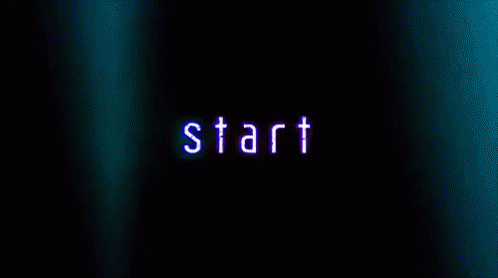
RUSSIAN SEASONS
In the USSR, rubber boots appeared only in the twenties of the XX century and did not immediately become popular. But gradually everything changed. In Stalin's times, there were already seventeen factories for the production of rubber shoes in the country, and Nikita Khrushchev made a real trend out of it within the framework of the socialist style. Wearing waterproof shoes has become fashionable and practical. Unfortunately at 19In 64, with the change of power, rubber boots lost their importance and again became part of the hunting equipment. To create actual images, they began to be used only a few decades ago.
Today, these shoes combine practicality and style. It is enough to look at the widest range and variety of colors to understand: anyone can find the perfect model of boots for themselves. And no matter how wonderful your leather ankle boots are, you definitely won’t mock them by jumping through puddles - they simply can’t stand such torture.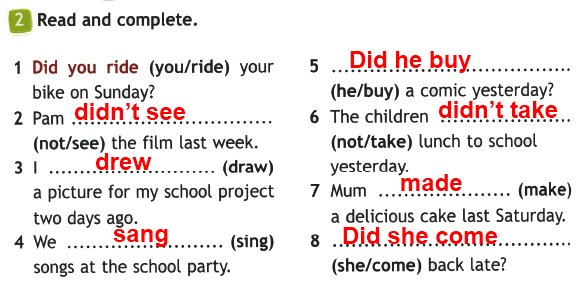 But tires are designed specifically for this. And if earlier only hunters, fishermen and soldiers wore waterproof shoes, now thanks to the efforts of designers they will perfectly fit into your everyday look. A variety of styles, colors, decorative elements turn them from a traditional item into a fashionable and original one. And the use of modern high-tech fabrics makes these shoes even more wear-resistant and easy to care for. Today, PVC and silicone have taken the place of natural rubber: both high over the knee boots and half boots, boots with low heels and even ankle boots with stilettos are made from them - in general, the choice is simply huge.
But tires are designed specifically for this. And if earlier only hunters, fishermen and soldiers wore waterproof shoes, now thanks to the efforts of designers they will perfectly fit into your everyday look. A variety of styles, colors, decorative elements turn them from a traditional item into a fashionable and original one. And the use of modern high-tech fabrics makes these shoes even more wear-resistant and easy to care for. Today, PVC and silicone have taken the place of natural rubber: both high over the knee boots and half boots, boots with low heels and even ankle boots with stilettos are made from them - in general, the choice is simply huge.
Women's rubber boots are no longer faceless, now they are bright and expressive shoes. Sometimes they alone do the whole image. Fashion does not stand still, every season designers offer us new original models. It is thanks to them that these shoes have turned from a country attribute into a fashionable wardrobe item. Now they are not ashamed to wear them for shopping, and even for a party. This is no longer a rarity - more and more girls are turning to them, for whom comfort on a rainy day is as important as style.
Now they are not ashamed to wear them for shopping, and even for a party. This is no longer a rarity - more and more girls are turning to them, for whom comfort on a rainy day is as important as style.
Let's see what new designers have offered us this season. So, Tommy Hilfiger relies on gloss and shine. According to them, a bright shade and a shiny shoe finish is the best way to fill a rainy day with positivity. Ralph Lauren tried to convey another classic shoe in a rubber version - the famous ankle boots with an insert. Fresh and original, and most importantly - ideal for the office.
And, of course, do not forget about bright prints. This season, tropical and floral motifs and geometrics with an optical effect are in fashion. Similar models in the autumn season can be found in the collections of Burberry, Salvatore Ferragamo and Dolce & Gabbana. Incorporating a fashionable detail into your image is not difficult. For example, rubber boots go well with a bright dress. It can be plain, with a bright print or a geometric pattern. Throw on a raincoat or a loose cardigan from above, fixing it with a strap.
It can be plain, with a bright print or a geometric pattern. Throw on a raincoat or a loose cardigan from above, fixing it with a strap.
Fur vests look good with these shoes. Complete the look with leggings and a classic white shirt. If a fur vest is not at hand, a short sweater will do. And instead of leggings, you can wear skinny jeans or just tight-fitting trousers. With a skirt, it is also easy to create a fashionable look. Short or midi in casual style is best.
Dress in your usual manner and simply replace your usual shoes with rubber boots. Complete them with bright leggings that will rise a few centimeters above the boots. In autumn, waterproof shoes can also be worn with loose denim or leather shorts, by wearing boots over warm woolen tights. Throw on a coat, poncho or puffy jacket on top. And, of course, they are always combined with a raincoat - transparent or silver, like Miu-Miu, or green shades, like Hunter.
Yoair Blog - Anthropology world blog post.
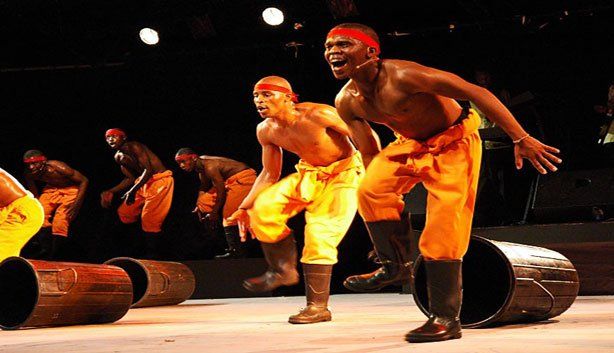
Message Views: 22,524
The rubber boot dance is rooted in the dark gold tunnels of South Africa's past. Unbeknownst to many, every move carries an anti-colonial tinge of defiance. This unique South African dance form originated in the 1890s among migrant workers in South Africa's gold mines.
Over a century ago, gold was discovered on the Witwatersrand in South Africa, known as the mineral revolution. During this period, South Africa produced over 25 percent of the world's gold. Urban areas appeared around the mines, which housed the workers. As a result, the era of modernity has come. She forever changed the social landscape of South Africa.
Rubber Boots Solo Dancer (Mthuthuzeli / Pinterest)Impact of the mining industry on South Africa
Diamonds, railways and mining were the three main industries influencing urbanization in South Africa. Immigrants from all over the world went to work in the mining areas. However, the South African government was run by a white minority. They responded to the threat of a stable urban black population by passing Act 1913 years on the lands of the indigenous people. Consequently, the amount of land blacks could own was limited. As a result, blacks were dispossessed of their land, making it impossible for them to care for their families.
They responded to the threat of a stable urban black population by passing Act 1913 years on the lands of the indigenous people. Consequently, the amount of land blacks could own was limited. As a result, blacks were dispossessed of their land, making it impossible for them to care for their families.
In addition, the government introduced new taxes that left the tribesmen no choice but to leave their villages to work in the city. Then, to make matters worse, the government realized that it could exploit black workers by offering them jobs in the mines and paying them far less than white workers.
Miners in the WitwatersrandHarsh conditions
Johannesburg was the epicenter of the gold rush. Therefore, the tribesmen left their villages and went to the cities to work in these mines. However, since permanent residence in cities was forbidden, they lived in mining bunkers. They were given contracts ranging from three to twelve months and could only return home after their contracts were completed.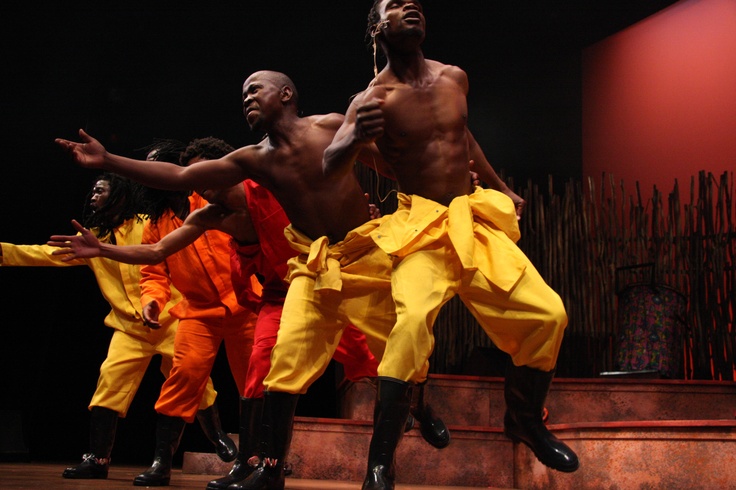 Occasionally, special leave was allowed for family events such as weddings and funerals.
Occasionally, special leave was allowed for family events such as weddings and funerals.
During the apartheid era, the conditions associated with gold mining deteriorated. The movement of black miners was limited by passes. Trade unions were formed for white miners to allow them higher wages and working conditions, and only white people did skilled work. However, blacks were not allowed to form unions.
Witwatersrand miners worked hard and harsh conditions away from their families. All the miners brought with them from their villages were their hopes for a better future and their traditions.
The evolution of rubber boots dancing
The origin of rubber boots
Pre-colonial dance was traditionally performed without shoes. Thus, the introduction of shoes by missionaries to the indigenous people of South Africa is associated with the origin of the common name for the dance, rubber boots. The traditional name for the Gumboot dances is Isicathulo . It is pronounced eesee-ca-too-lo which means "shoes".
It is pronounced eesee-ca-too-lo which means "shoes".
Mining bunkers housed representatives of different nationalities in the same block. This contributed to internal divisions between different races and ethnic groups. Consequently, mine managers had to homogenize the wealth of cultural diversity represented by the miners. As a result, all the symbols of their cultural heritage, including shoes, clothes and jewelry, were replaced by uniform overalls.
By the end of the 19th century, rubber boots had become fashionable. gold mines in South Africa. The mines often flooded. So, workers were issued boots to protect their feet from dampness and potentially dangerous working conditions. They became known as rubber boots.
The miners found themselves in inhuman conditions undergroundCoded language
The miners were shackled and forbidden to talk to each other while working in the dark underground tunnels. If they did, they were punished. Dressed in rubber rubber boots, they came up with a way to communicate. This led to them slapping their boots in Morse code.
This led to them slapping their boots in Morse code.
Through this method of communication, they could protest against poor working conditions, low living wages, and the poor housing system in the mines. Later they added rhythm and music as a means of expression. The language became a dance based on subtle, non-aggressive protest as the miners danced about their problems. Through a series of boot-slaps, clapping and stomping, they were free to express themselves.
Soon the miners created routines symbolizing the repressive characters in the mines. For example, they will imitate the behavior of black police officers and bosses. As a result, they were able to openly ridicule their oppressors, who were oblivious to the underlying meaning of this art form. When their voices were shackled, the rubber boots dance gave them a momentary sense of freedom.
Two dancers from the Rhythms Gumboot Dancing (Plug In Theatre)Rooted in tradition
What has become a form of communication for miners underground has taken "body language" to a whole new level.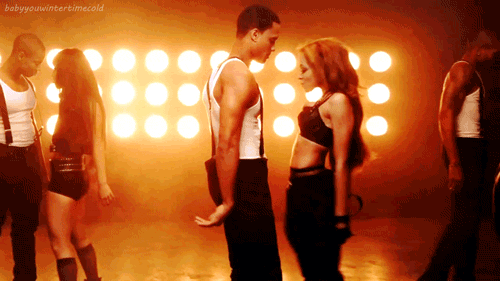 This inspired an entirely new form of dance. The rubber boot dance has become a mixture of various tribal influences, including Bhaka, Yao, Zulu, Xhosa, and many others.
This inspired an entirely new form of dance. The rubber boot dance has become a mixture of various tribal influences, including Bhaka, Yao, Zulu, Xhosa, and many others.
When the miners started banging and stomping their boots to communicate underground, they still retained their tribal roots and traditions. They soon added music and dance to their traditional rhythms. Since they could not express their culture and traditions through clothing, they had a new form of expression. The rubber boot dance became an opportunity to dress up and express one's cultural roots. From its original purpose of communication, it has evolved into a well-known social activity. The workers began to execute it in their free time.
Initially, the mine bosses forbade the rubber boots dance. But soon they began to appreciate and encourage it. The mine bosses also staged public competitions, thankfully ignoring the codified protests. It was known at the time as a black, predominantly male dance genre.![]()
Entertainment on board
The rubber boot dance has spread beyond the workplace into the community. Later, mining bosses began to support the rubber boot dance as a form of competitive dance. It was allowed for recreational purposes, especially for tourists and visitors. Competitive dancing in rubber boots has made a significant contribution to the transformation of the dance style. It evolved from social dances to highly structured dance routines, often performed in purpose-built arenas.
By the 1930s, the rubber boot dance had evolved from its original form of communication. It became a formal activity that shaped the common cultural identity of the various ethnic groups in the mines. This style of dance flourished through the encouragement of competition, especially when monetary awards were given. Mining bosses encouraged rubber boot dancing competitions that included prizes in the form of food incentives and later cash bonuses.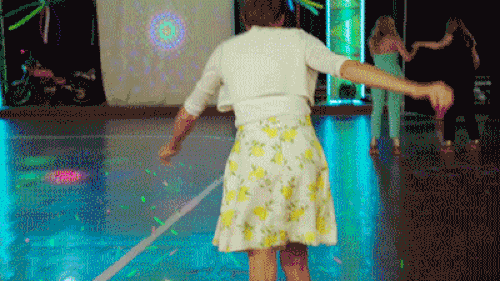
Movements and performance
Variety of rubber boots dances
Procedures were handed down from the mines to the various communities of miners who lived in the bunkers. From generation to generation, the steps were passed down orally. Thus, the rubber boot dance has absorbed many influences and is, by its very nature, organic.
Characteristics of the rubber boots dance
Modern rubber boots dance is most often staged and performed for the public. But traditionally this dance style was not created for the audience. Rubber boots are adorned with bells or other noisy items attached to them to enhance the impact of the rhythm and beat.
The rubber boot dance is a series of strong movements. They set the tone for a performance that draws in the audience. Forming long sets and circles is a common practice. This style of dance uses the circle as a means of audience participation, especially in earlier performances in "yard" and mining communities.
Gumboot Dance Performance
Traditionally, the rubber boot dance involves several dancers moving together as one. First, the leader of the team is ahead of the dance team and enters the space of the performance with a stylized gait. He keeps his arms outstretched at the sides of his body. He is dressed a little differently than the others, they all dress the same. Then all the dancers circle around the open space in the arena. They then move into a fixed straight line where the leader and musicians stand apart from the rest of the team. The rest of the dancers react quickly to the leader, who usually calls out various commands in an almost military manner.
Wellington dances rely on a dance troupe to emphasize individuality. This manifests itself in two ways: individual improvisation and group individuality. Somewhere in the middle of the collective performance of "amadoubles" the host will call "singles". This is the signal for highly competitive solo performances by individual members of the team. This gives them the opportunity to showcase their improvisation skills. Improvisations by individual dancers are a common practice in any wellington dance performance and emphasize the strength and virtuosity of the dancers. The more coins thrown at the soloist, the better the spectacle will be.
This gives them the opportunity to showcase their improvisation skills. Improvisations by individual dancers are a common practice in any wellington dance performance and emphasize the strength and virtuosity of the dancers. The more coins thrown at the soloist, the better the spectacle will be.
Modern Wellington Dance
Wellington dance has undergone significant changes since its introduction in the late 1800s. As a result, it is now a working-class, South African art form that is universally popular. The dancers expand on the traditional steps by adding modern moves, music and songs. It also includes various modifications to shoes and clothing, including mufflers and other sounds.
Unlike its roots, the rubber boot dance is no longer limited to a place, a target, or a person. It can be found on school playgrounds, street corners, sporting events and concert venues around the world. Its original purpose of communication has been transcended and developed into a highly sophisticated and prized dance style. Also, it is no longer limited to black men as women also participate in rubber boot dances. Wellington dances represent a unique bond that crosses geographic, ethnic, gender, and racial boundaries.
Also, it is no longer limited to black men as women also participate in rubber boot dances. Wellington dances represent a unique bond that crosses geographic, ethnic, gender, and racial boundaries.
Moreover, the rubber boot dance moved beyond the audience and included education in the performing repertoire. Post-apartheid education has undergone significant changes, along with an emphasis on traditional music and dance in schools. Non-profit organizations have used rubber boot dance styles to mentor troubled young people. It is now used as a creative and tactile learning tool.
Dancing in rubber boots is used as a teaching tool.Meaning of the Wellington Dance
Cultural Significance
Born from the dangers of racial discrimination, the Wellington Dance thrived on the collective struggle of black people. Artists dramatize a historical experience in which their ancestors or relatives were central participants. Thus, it is a living artifact of the daily life of the miners. Different nationalities and cultures have led to the formation of this art form. So, the rubber boot dance serves as a gateway to the exploration of cultural diversity in general, because it is an example of the positive impact of cultural diversity on different environments, especially the arts.
Different nationalities and cultures have led to the formation of this art form. So, the rubber boot dance serves as a gateway to the exploration of cultural diversity in general, because it is an example of the positive impact of cultural diversity on different environments, especially the arts.
However, black South Africans are still immersed in a culture and value system that cannot appreciate the deep and multi-layered meanings of African social traditional dance. As a result, these values are gradually lost.
Political Significance
Initially, the Gumboot dance was a very simple need for communication. Therefore, many accounts of South African dance bands overlook the dance's deeper social and political significance. It has become a symbol of the resilience and determination of self-expression of the South African people.
In many ways, the rubber boot dance was a symbol and omen of apartheid. The early rubber boot dance represented a challenge for black people to totalitarian white rule. The strong movements of the dancers represented the struggle of black South Africans for equal rights and cultural identity. It tells a visual historical story about the reality of oppression. Those who participate in the struggle will participate in the rubber boots dance to express their unity in the fight against the oppressive government.
Cultural significance in anthropology
The South African government has designated the gumboot dance as a national treasure. The artists wear rubber boots and hard hats to pay homage to those who went down the path of oppression before them. Now it is performed by professional and amateur groups around the world.
The rich symbolism of the rubber boot dance effectively conveys the pluralistic society in which he was born. It also reflects the social and political changes in its country of origin. In the context of South Africa, the rubber boot dance serves to demonstrate the reconciliation of ethnic groups and overcome cultural barriers set by political and social constructions.





